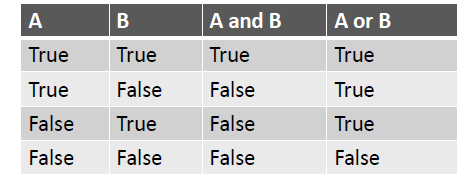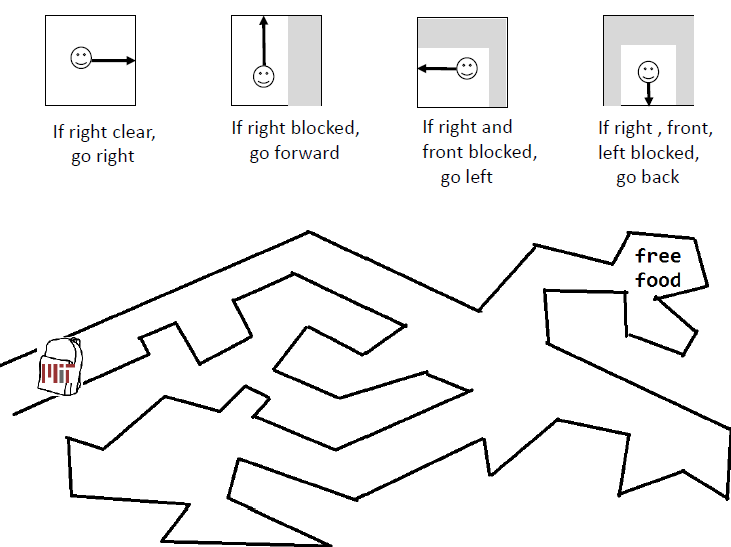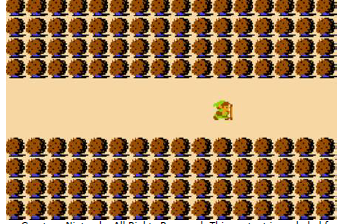Lecture 2. Branching and Iteration
随堂阅读资料
- Chapter 2.2 2.3.1, 2.4, and 3.2
- PPT Lecture 2
作业
- Problem Set 1
正式笔记
Strings 字符串类
- 字符串类里可以包含如字母、特殊符号、空格、数字等元素
- 利用双引号括住内容,即为字符串
- 字符串可通过加法和乘法进行字符串拼接
hi = "hello there"
name = "ana"
greet = hi + name
greeting = hi + " " + name
silly = hi + " " + name * 3
input/output
print语法
- 用于输出数据到终端
x = 1
print(x)
x_str = str(x)
#可用逗号拼接,逗号在输出中转换为空格
print("my fav num is", x, ".", "x =", x)
#可用加号拼接,不带空格
print("my fav num is", + x_str +"." +"x =" + x_str)
input语法
- 先print出input里的引号内容
- 用户输入数据
- 将用户输入的数据存储为一个字符串变量
- 如果要调用用户输入作为非字符串变量(如int),需要在input外套数据类型(如int() )
text = input ("Type anything ...")
print(5*text)
num = int(input("Type a number ..."))
print(5*num)
对比操作
- 对比操作可用于int float string
- 对比结果为布尔值bool
i > j
i >= j
i < j
i <= j
i == j
i != j#不等于
针对布尔值的逻辑操作符
- not a 非
- a and b 与
- a or b 或

对比示例
pset_time= 15
sleep_time= 8
print(sleep_time> pset_time)
derive = True # 赋值 赋布尔值
drink = False # 赋值 赋布尔值
both = drink and derive
print(both)
条件判断
如图,可用简单的条件判断规则找到迷宫终点。

Control Flow - Branching 控制流之分支(if语句)
- condition 的值为bool
- 如果是true,执行if下面的expression
if<condition>:
<expression>
<expression>
...
if<condition>:
<expression>
<expression>
...
else:
<expression>
<expression>
...
if <condition>:
<expression>
<expression>
...
elif<condition>:
<expression>
<expression>
...
else:
<expression>
<expression>
...
缩进的重要性
- 缩进在python中非常重要
- 缩进决定了判断的优先级,其他语言常用{}来区别优先级
x = float(input("Enter a number for x: "))
y = float(input("Enter a number for y: "))
if x == y:
print("x and y are equal")
if y != 0:
print("therefore, x / y is", x/y)
elif x < y:
print("x is smaller")
else:
print("y is smaller")
print("thanks!")
“=” vs “==”
- 等号意味着赋值,双等号意味着判断是否相等
- 如果condition里只出现了等号,如if(x=y),语法报错
x = float(input("Enter a number for x: "))
y = float(input("Enter a number for y: "))
if x == y:
print("x and y are equal")
if y != 0:
print("therefore, x / y is", x/y)
elif x < y:
print("x is smaller")
else:
print("y is smaller")
print("thanks!")
小例子:塞尔达传说——迷失丛林
主人公被困入丛林,可选择向左或向右,如果走错了,重新回到当前画面起点,如果走对了,离开。

- 如果用if语句,过于繁琐
if <exit right>:
<set background to woods_background>
if <exit right>:
<set background to woods_background>
if <exit right>:
<set background to woods_background>
and so on and on and on...
else:
<set background to exit_background>
else:
<set background to exit_background>
else:<set background to exit_background>
- 可用while代替
while <exit right>:
<set background to woods_background>
<set background to exit_background>
Control Flow - while loops 控制流之循环(while语句)

while <condition>:
<expression>
<expression>
...
- condition里是布尔值
- 如果condition为真,执行循环
- 执行完毕后返回第一行再次判断
- 直至condition为假,停止循环
Control Flow - while and for loops 控制流之有限循环(while&for语句)
- 可以按次数迭代
# while loop
n = 0
while n < 5:
print(n)
n = n+1
# for loop
for n in range(5):
print(n)
for <variable> in range(<some_num>):
<expression>
<expression>
...
- 每次执行后,variable的值发生变化
- 第一次,variable为最小起始值
- 下一次,variable+1
for语句——字符串的遍历
total = 0
#c的值变化:'1'->'2'->'3'->'4'...->'9'
for c in "123456789":
total = total + int(c)
print total
#对123456789字符串中的数字求和并输出结果
range的用法
- range可用于设置起点、终点、步长
- 默认为起点=0,步长=1
- 一直循环到stop-1(即i==stop时,不执行for的操作)
- range里必须是int数
- 如果step是负数,则start要大于stop
mysum= 0
for iin range(7, 10):
mysum+= i
print(mysum)
mysum= 0
for iin range(5, 11, 2):
mysum+= i
print(mysum)
range的进阶问题
x = 4
for i in range(0,x):
print i
x = 5
如果在循环内部修改x的值,是否会影响到循环次数?
- 不会
- range函数会在第一次循环之前求值,之后循环中不会再次求值
x = 4
for j in range(0,x):
for i in range(x):
print i
x = 2
```
期望结果
在执行循环前,根据x=4,range(0,x),已经确定了一层(外层)需要循环4次
# j=0 一层循环第1轮,二层循环4次
0
1
2
3
# j=1 一层循环第2轮,二层循环的x已被改变,因此二层循环2次
0
1
# j=2 一层循环第3轮,二层循环2次
0
1
# j=3 一层循环第4轮,二层循环2次
0
1
```
break 语句
- 立刻退出当前循环
- 跳过当前循环后续语句
- 只跳出当前的这一个循环(最小循环)
while <condition_1>:
while <condition_2>:
<expression_a>
break
<expression_b>#不会被执行
<expression_c>
mysum= 0
for i in range(5, 11, 2):
mysum+= i
if mysum==5:
break
mysum+= 1
print(mysum)
#输出为5
for vs while
- for
- 可定循环次数
- 可break
- 有一个计数器counter
- 可以用while loop来写for loop
- while
- 无限循环
- 可break
- 可用counter,但必须在loop外初始化,并且在loop内改变counter的值
- 可能不能用for loop来表达 while loop






















 1734
1734











 被折叠的 条评论
为什么被折叠?
被折叠的 条评论
为什么被折叠?








